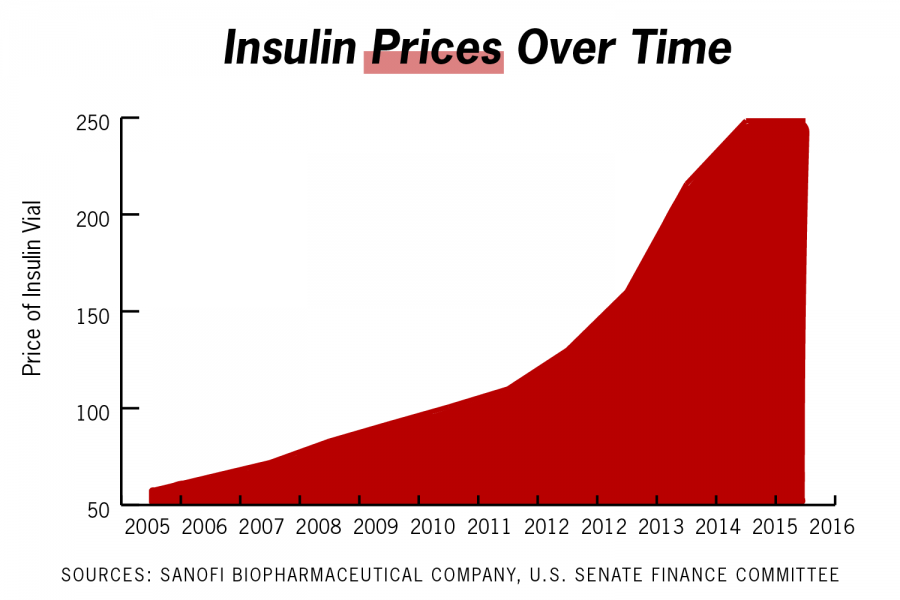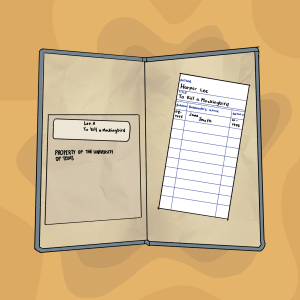‘It probably wouldn’t take more than 48 hours without (insulin) for me to slip into a coma’: Students weigh in on bill filed in Texas legislature to cap insulin out-of-pocket costs to $50 per month
April 29, 2021
A bill filed in the Texas House of Representatives would place a price limit on monthly insulin copays for people with diabetes.
Rep. James Talarico, D-Round Rock, filed a bill which will cap the out-of-pocket costs for insulin and some supplies at $50 a month if passed. Talarico, who was diagnosed with diabetes in 2018, said he has struggled ever since to pay the high costs of insulin.
Insulin production prices have remained relatively stable, costing anywhere from about $2 to $3 to produce, but retail rates have risen. In 1999, one vial of insulin lispro cost $21. In 2019, that price had risen by over 1000% to $332, according to the Mayo Clinic.
The amount of insulin needed for each individual depends on factors such as insulin resistance, weight and physical activity. For biochemistry junior Matthew Kenny, one vial of his insulin lasts one to two weeks and costs nearly $300 before insurance. Nearly a decade ago, when doctors first diagnosed him with diabetes, a vial cost $100 before insurance.
For some college students, paying for insulin on top of education costs can become unmanageable and leads to insulin rationing, Kenny said.
“It’s not something I can skip out on, and a lot of people talk about (rationing) it in pretty dire circumstances, but I think for me, … it probably wouldn’t take more than 48 hours without (insulin) for me to slip into a coma,” Kenny said.
Without supplementary insulin, diabetes can cause a rapid rise or crash in blood sugar which can lead to complications such as cardiovascular disease, nerve damage, eye damage and ketoacidosis, among other health issues.
“I’m very fortunate that my insurance covers a pretty substantial amount of that to where I get it down to about $475 for that same three months,” Kenny said. “Which is still kind of crazy, because $500 in Austin can be like 50% of a month’s rent.”
Alongside the costs of lifesaving insulin therapy, diabetic individuals also require other devices and supplies to maintain their health, such as insulin pens, syringes and pumps, blood sugar meters, and ketone test strips.
According to the American Diabetes Association, people with diagnosed diabetes end up with an average of $16,752 in medical expenses per year, of which about $9,601 is related to diabetes.
“I had friends, especially with COVID when the pandemic got started, who lost their jobs,” Kenny said. “They were also full-time students, lost their jobs, and it was like, ‘Okay, I don’t know when the next time I’m going to be able to afford insulin is.’”
Talarico’s HB40 provides no assistance to diabetic people without insurance. However, Talarico said he is also a co-author for HB18, which will provide prescription drugs to those without insurance at a discounted rate.
“I’m super excited that he’s using this platform to get this legislation out there and make a difference for people like me and my friends who don’t want to have to choose between eating a meal or living until next week,” Kenny said.
Editor’s Note: This article first appeared in the April 27 issue of The Daily Texan.












